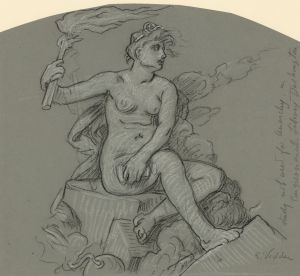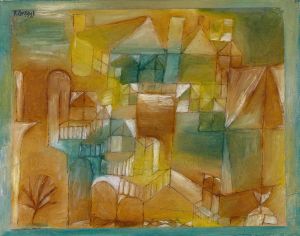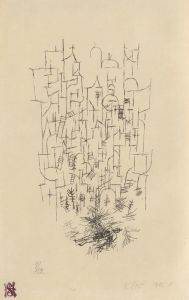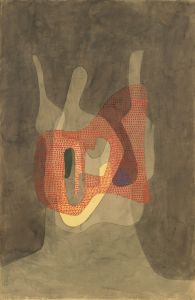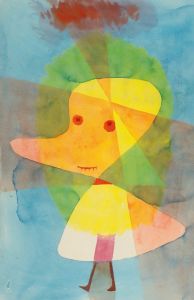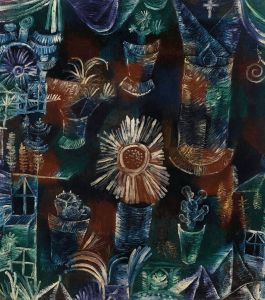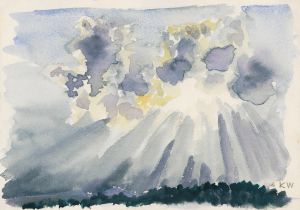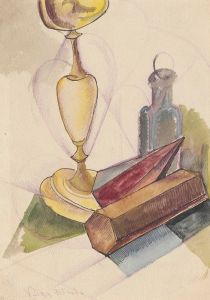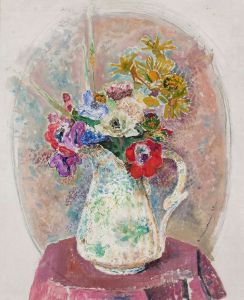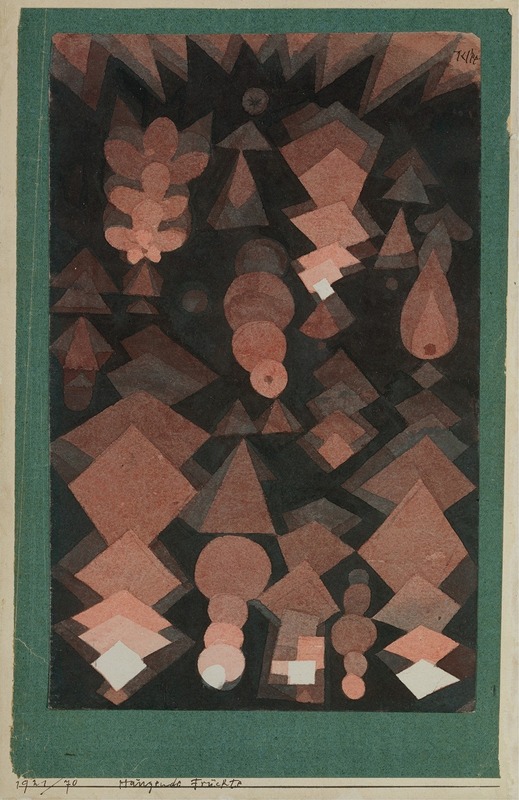
Suspended Fruit
A hand-painted replica of Paul Klee’s masterpiece Suspended Fruit, meticulously crafted by professional artists to capture the true essence of the original. Each piece is created with museum-quality canvas and rare mineral pigments, carefully painted by experienced artists with delicate brushstrokes and rich, layered colors to perfectly recreate the texture of the original artwork. Unlike machine-printed reproductions, this hand-painted version brings the painting to life, infused with the artist’s emotions and skill in every stroke. Whether for personal collection or home decoration, it instantly elevates the artistic atmosphere of any space.
Paul Klee's "Suspended Fruit" is a notable work by the Swiss-born artist, who is renowned for his unique style that blends elements of expressionism, cubism, and surrealism. Klee's work often features a whimsical and childlike quality, characterized by his use of vibrant colors and abstract forms. "Suspended Fruit" is a testament to Klee's innovative approach to art, where he frequently explored the relationship between color and form.
Created in 1921, "Suspended Fruit" is part of Klee's exploration of abstract art, a movement that gained significant momentum in the early 20th century. This period was marked by Klee's association with the Bauhaus, a revolutionary art school in Germany where he taught from 1921 to 1931. The Bauhaus was instrumental in shaping modern art and design, and Klee's involvement with the institution had a profound impact on his artistic development. His work during this time reflects the Bauhaus's emphasis on combining fine arts with crafts, and his teaching focused on the theory of color and form.
"Suspended Fruit" exemplifies Klee's fascination with the natural world and his ability to distill complex forms into simple, abstract shapes. The painting features a series of geometric forms that suggest the presence of fruit, seemingly floating or suspended in space. Klee's use of color in this work is particularly striking, as he employs a palette that ranges from earthy tones to more vibrant hues, creating a sense of depth and movement. This use of color is indicative of Klee's belief in its emotive power and its ability to convey meaning beyond the literal representation of objects.
Klee's artistic philosophy was deeply influenced by his interest in music, which he often described as the highest form of art. He believed that painting could achieve a similar level of abstraction and emotional resonance as music, and this is evident in "Suspended Fruit." The rhythmic arrangement of shapes and the harmonious interplay of colors in the painting can be likened to a musical composition, where each element contributes to the overall effect.
Throughout his career, Klee was known for his prolific output and his ability to work across a variety of media, including painting, drawing, and printmaking. His work is characterized by a playful yet profound exploration of the human experience, and "Suspended Fruit" is no exception. The painting invites viewers to engage with it on multiple levels, encouraging them to consider not only the visual elements but also the underlying themes of balance, harmony, and the interconnectedness of nature.
Paul Klee's legacy as an artist is significant, and his work continues to be celebrated for its innovation and influence on subsequent generations of artists. "Suspended Fruit" remains an important example of his contribution to modern art, showcasing his ability to transcend traditional boundaries and create works that resonate with audiences both visually and intellectually.





